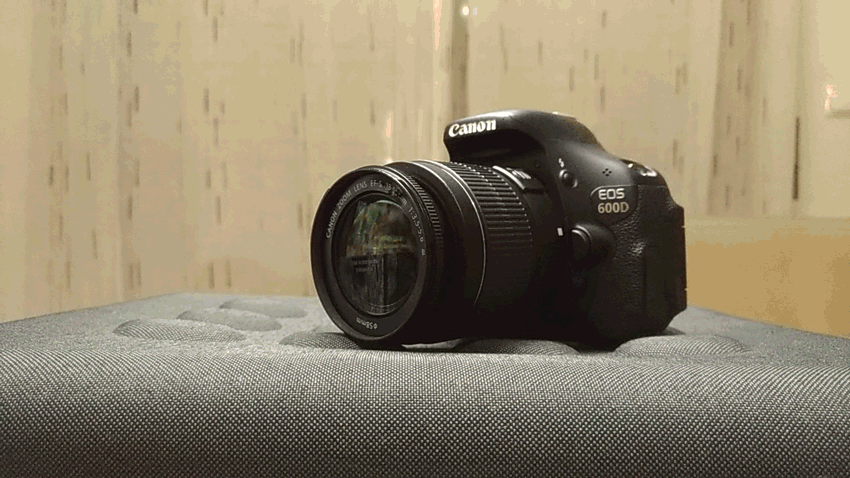
Hello everybody :)
The images resulting from this macro photography session feature a conch shell as the central object, explored from a macro perspective that highlights its structural complexity. The blurred background, characterized by abstract contrasts in brownish and gray tones, creates a neutral and harmonious visual base that highlights the main subject, allowing for a focused reading of its forms and textures.
The surface of the conch shell reveals a rough and irregular texture, composed of several circular layers that reveal its gradual growth and the natural action of the marine environment. Small protrusions, shaped like rounded spines, are distributed throughout the structure, contributing to the object's tactile and volumetric sensation. These elements add visual dynamism and reinforce the organic character of the piece, articulating in a pattern that combines structural rigidity and natural fluidity.
The color palette is dominated by shades of navy blue, smoky white, gray, and tan, which subtly intertwine, creating a balanced gradation between cool and warm tones. This combination gives the conch a simultaneously robust and delicate appearance, evoking its marine context and the passage of time that has shaped its surface.
Technical Description of Macro Photography Session
Camera Settings
Focus Mode: Manual focus to ensure precision in specific details of structure.
Aperture: Variable aperture between f/4 and f/5 for adequate depth of field, ensuring all important details are in focus.
ISO: Low ISO setting (400) to minimize noise in images.
Shutter Speed: Adjust shutter speed as needed to avoid underexposure, while maintaining a value that allows you to capture sharp details.


Among the numerous techniques available for macro photography, this method is arguably the most cost-effective and efficient for individuals possessing a camera with a removable lens. By simply detaching the lens and reversing its direction, and employing an inversion ring, the process becomes more manageable and streamlined.
Let me share the visual result of this session:














Procedures
- Environment Preparation:
Assembling the macro photography set in a controlled environment, minimizing the presence of dust and ensuring a clean and white surface for positioning the subject. - Section Positioning:
Placing the subject in position that highlight the unique characteristics, using appropriate supports to keep the example stable. - Lighting Adjustment:
Setting the LED lights to provide uniform illumination, adjusting the intensity and angle of the lights to eliminate unwanted shadows. - Image Capture:
Taking multiple shots with variations in aperture settings, shutter speed and capture angle, exploring different perspectives and compositions. - Image Review:
Immediate analysis of images captured on the camera's viewfinder to ensure that all desired details were captured sharply and clearly. - Post-Production Editing:
Importing images into editing software (Adobe Photoshop CS) to adjust brightness, contrast, sharpness and remove any imperfections.
The session is closed for today.
Hope you like it :)

These photos weren't taken with a tripod
Camera - Canon EOS 600D
Lens - EFS 18-55mm
Location - Portugal


See you soon
Thank you for watching
Never forget
The price of anything is the amount of life you trade for it.
Time is life... value yours, make every fraction worth it.